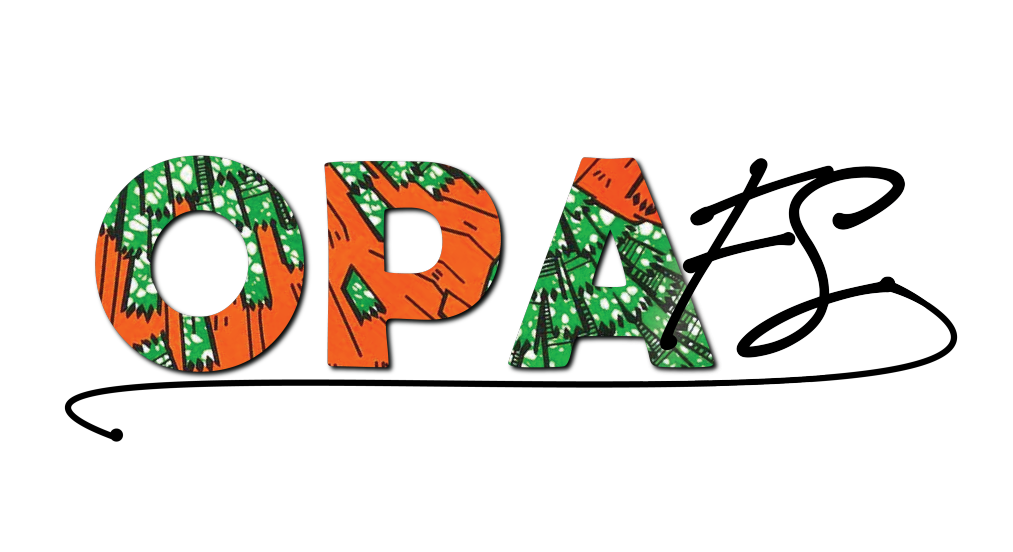Agbada is a traditional attire worn by men in many West African cultures, particularly among the Yoruba people in Nigeria. It is a flowing, wide-sleeved robe often worn on special occasions and ceremonies, symbolizing wealth, prestige, and cultural heritage. Here’s a general description of the agbada:
- Fabric:
- Agbada is typically made from high-quality, luxurious fabrics such as brocade, silk, cotton, or a combination of these materials.
- The choice of fabric often contributes to the richness and elegance of the attire.
- Design:
- Agbada consists of three main pieces: a flowing gown, a wide-sleeved shirt, and trousers.
- The gown is usually ankle-length and features elaborate embroidery or intricate designs along the neckline, sleeves, and hem.
- The shirt underneath the gown has wide, oversized sleeves that are visible outside the gown.
- Embroidery and Detailing:
- Agbada is known for its ornate embroidery and embellishments, which can include intricate patterns, motifs, and symbols.
- The embroidery is often done with contrasting or complementary thread colors, adding a touch of sophistication.
- Sleeves:
- The sleeves of the agbada are one of its most distinctive features. They are wide and may extend past the hands, creating a regal and majestic appearance.
- The shirt underneath the gown also has wide sleeves that contribute to the overall voluminous look.
- Accessories:
- Agbada is often worn with accessories such as a cap (called a fila or gele), a walking stick (called a peregun), and sometimes a pair of sandals or traditional shoes.
- Colors:
- Agbada comes in a variety of colors, but it is not uncommon to see rich, vibrant hues such as royal blue, deep red, gold, or white, symbolizing wealth and prestige.
- Occasions:
- Agbada is commonly worn for special occasions like weddings, festivals, traditional ceremonies, and other important cultural events.
Overall, the agbada is not just a garment; it is a symbol of cultural pride, status, and heritage in many West African communities. The attire has evolved over time, and contemporary versions may incorporate modern fashion trends while preserving its traditional essence.





Reviews
There are no reviews yet.